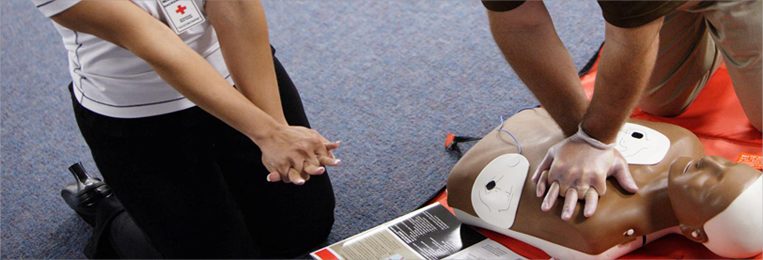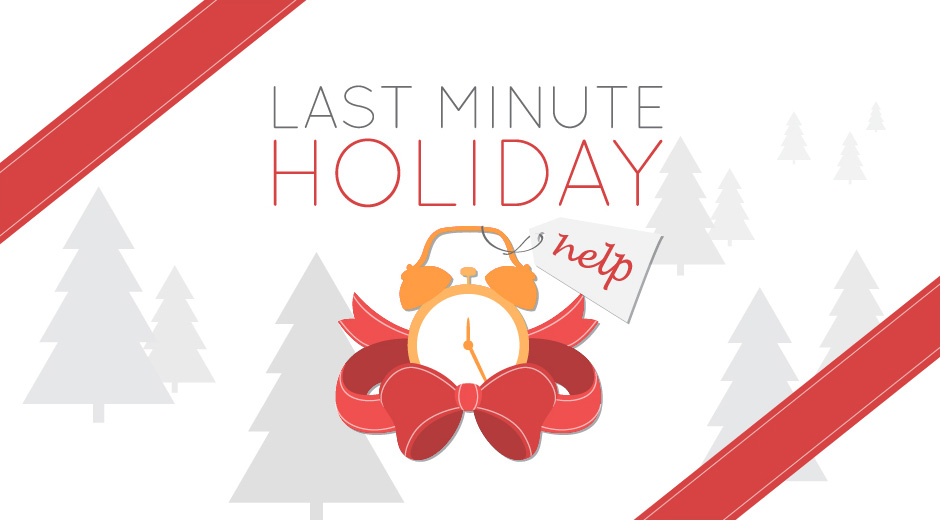As of November 5th, the United States has suffered 307 mass shooting incidents in 2017. Which, sadly, translates to nearly 1 mass shooting per day. In 2016, the total number of mass shootings in the US was 483.
While there is not an official definition of what makes a shooting become a mass shooting, The F.B.I. defines a “mass killing” as the killing of three or more people in a public place but also defines a “mass murderer” as someone who has killed four or more people in the same location.

As we mourn the wounds our country is facing, we must also find our own courage and strength to not live in fear and allow these incidents to harm our quality of life. While the most obvious way to avoid a mass shooting is to avoid going to crowded or popular events that would force us to live in our own prisons and even still not fully protect us from the possibility of workplace incidents.
Many Americans are fighting for stricter gun laws or changes within our government to better our chances at safety. If you feel driven to join this fight, we encourage you to check out this simple guide on ways you can reach out to the government and demand change!
As we move toward the peek season of travel, special events, and larger crowds in public places we must not allow fear to cripple us, but we must also learn how to be prepared for danger.
Situational awareness is a key element to your safety at any time and any place. This will not just help you detect the possibility of a mass shooting, but also help you identify stalkers and other threats. Most of us aren’t even clear on just what situational awareness is, but to speak in a language we all understand it is much like what you see the professionals doing in spy films or actions films. Think James Bond. How was he always so prepared? Situational awareness is the answer. (For tips on developing your situational awareness, check out this blog.)
As a business that focuses on security and safety, Close Range Safety Training Academy wants to share with you some tips that could save your life should you ever be faced with a mass shooting situation:
- As you will learn from developing situational awareness, knowing the exits of your location is critical at all times. Many emergency situations require your need to make a fast exit so this is key any time you go somewhere. Locate the normal exits and emergency exists as soon as you arrive to an unfamiliar place.
- When terror begins – take action! Do not take a moment to devise a plan. Every second counts. The first 5 seconds of a mass shooting are preeminent in your chances of avoiding injury. If you have studied these tips below and and have familiarized yourself with the exits, you can do this!
- RUN! Fear can be paralyzing, but do not allow that! Muster all of your courage in an instant and run for it! A moving target is harder to hit and a crowd running creates mass confusion for the shooter so take everyone you can with you and just run for the nearest exit out of the shooter’s range.
If your shoes are slowing you down, take them off quickly and keep running.
Do not stagger your run or attempt any tricks that you think will help you. Reality is, your best bet is a direct dart to the easiest exit.
If there are obstacles, such as columns, you can dart behind on your run and only if you feel this is necessary than use them to your advantage but just do your best to move quickly and out of range. - Do not worry about your belongings. Run immediately means just that and your purse or phone are unimportant. Focus on your safety and nothing more. Every second counts.
- If you can’t run, HIDE! If there is no way to escape the crisis, find a good hiding
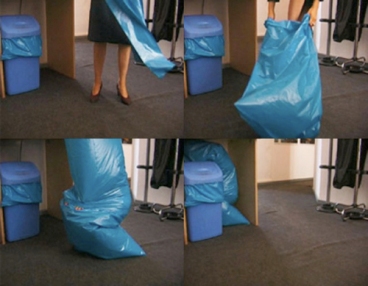 place but don’t get yourself trapped.
place but don’t get yourself trapped.
If you run into a room, close and lock the door and blockade that door with any furniture you can move in front of it. Turn off the lights so the room appears vacant.
If there is a window you can escape from, do your best to do so. If you cannot escape from the window, try to signal to people outside for help. Do not fear jumping from a window if it is a second story or lower. The injuries of cuts, bruises and possibly broken bones is still better than the alternative.
If you cannot escape to a close room, find ways to hide behind furniture or in a closet.
Remember that interior walls generally can not withstand bullets so when hiding also stay close to the ground. - Find cover when there’s no escaping. Much like you learned in a tornado or earthquake drill in school, find heavy furniture or equipment to hide behind, under or inside of. Stay close to the ground and do whatever you can to take cover, but do not trap yourself – make sure you are able to dart from this spot easily if you can do so should the shooter be distracted for any reason.
- Be as quiet as possible. If you have your cell phone, silence it. If you are in a group whisper and move softly. Prevent making noise that draws attention to you as best as you possibly can.
If there is equipment in the room that makes noise such as printers, radios or anything that makes noise – turn them off!
If you are with children do your best to comfort them while making clear to them that silence is key.
Silence can be hard, but it is of the utmost importance. - Call 9-1-1 once you’re in a safe space. If at all possible call 9-1-1 from a land line if you are still in the building where the shooting is taking place. Calling from a land line enables their system to track you faster than calling from a cell phone, but if you cannot use a land line then use a cell phone.
- Lie down and play dead. If you know there’s no escape and nowhere to hide or a way to defend yourself, fall to the floor and pretend your are dead. This has saved many lives in such attacks.
- Fight when there’s no alternative. Focus on finding weapons of any sort to help you fight. In an office, grab the scissors or a stapler or anything you can use to stab, pack a stronger punch or hurl at the shooter’s head. If people are with you, have everyone grab items they can use. The more people fighting, the better the chances of winning the fight.
Channel your survival instinct and use your adrenaline rush to your advantage.
Most people who are shot can survive a gunshot, especially if you are a moving target and do not allow the shooter to take good aim at you.
When there’s no alternative, fighting is your best chance for survival.
Aim at the shooters head when you are throwing objects toward him/her.
Create havoc by throwing as much as you can while taking shelter between throws. Do whatever it takes to slow the shooter down, cripple him/her and possibly cause them to drop the gun.
If you are with others, determine you are fighting as a group and go for it. - When law enforcement arrives do not run toward them. Usually the first group of law enforcement that arrives on a shooting scene is there to locate and deal with the shooter and not the victims. Do not leave your hiding spot and do not get in their way.
 When you see that you can move in police presence, move slowly with your arms in the air and your fingers spread to show you are not a threat. Keep this position until they are clear you are not a threat.
When you see that you can move in police presence, move slowly with your arms in the air and your fingers spread to show you are not a threat. Keep this position until they are clear you are not a threat.
Move in the direction where the police made entry. Do not stop to speak to them. In fact, if it is safe to do so, run in that direction while keeping your arms raised.
Obey police instructions and do so without delay or questions.
Wait for them to question you and at that time provide the best, detailed statement you can.
On average, a mass shooting incident lasts a maximum of 10 minutes. Keep your composure, keep your wits about you, and stay focused on this advice and how you can apply it to your situation.
We hope that you will never have to face this terror nor anyone you love, but as a team that puts safety first we want you to do the same. If you feel this information was helpful, please share it with your loved ones. If you have a suggestion or something to add, please comment. Together we can do this and save a lives!

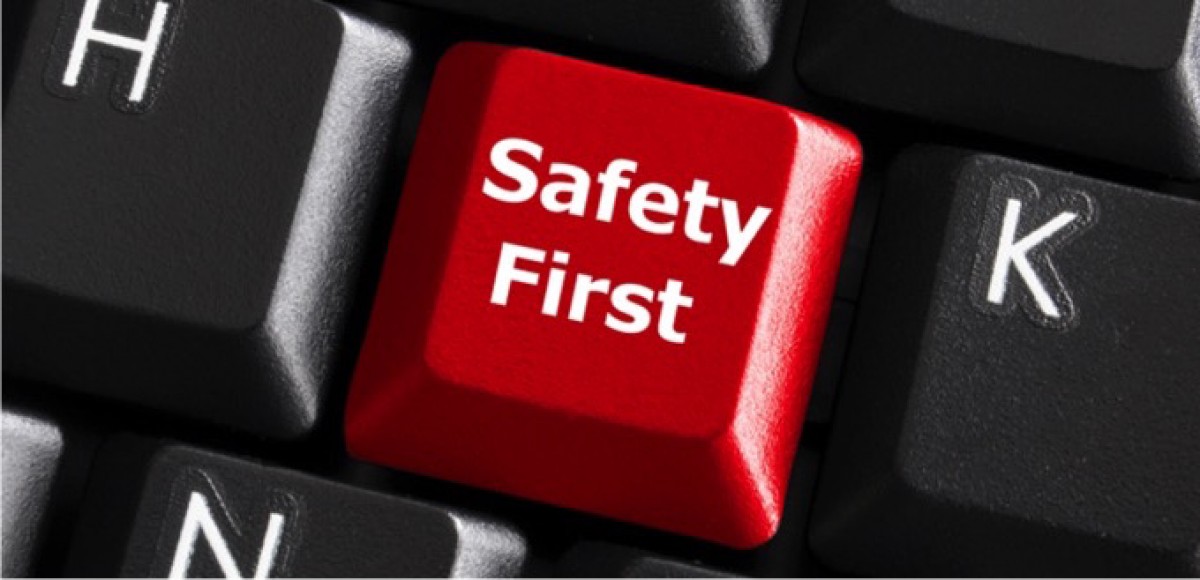

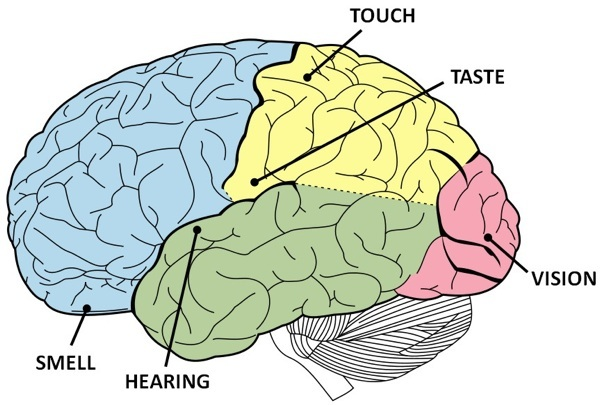
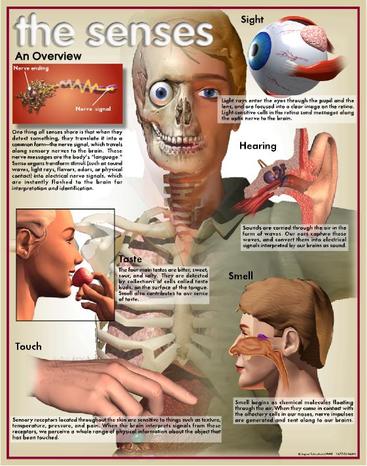
 Smelling provides a warning for toxic fumes, smoke, leaking natural gas, spoiled food, and dangerous environments.
Smelling provides a warning for toxic fumes, smoke, leaking natural gas, spoiled food, and dangerous environments.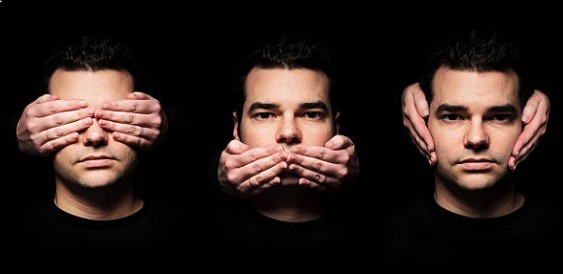
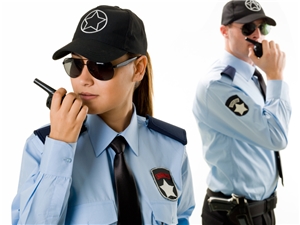 Unarmed Security Guards average an income up to $25,000 annually. Security Guards that obtain multiple licenses such as Exposed Firearms, Baton or Pepper Spray potentially earn an average of $30,000 annually and Propriety Private Security Officers earn even more!
Unarmed Security Guards average an income up to $25,000 annually. Security Guards that obtain multiple licenses such as Exposed Firearms, Baton or Pepper Spray potentially earn an average of $30,000 annually and Propriety Private Security Officers earn even more!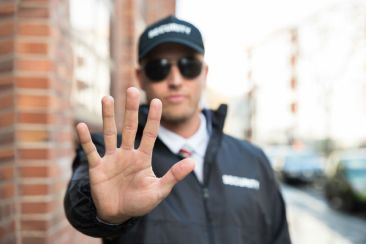 and abroad. Today, private security is responsible not only for protecting many of the nation‘s institutions and critical infrastructure systems, but also for protecting intellectual property and sensitive corporate information. U.S. companies also rely heavily on private security for a wide range of functions, including protecting employees and property, conducting investigations, performing pre-employment screening, providing information technology security, and many other functions.
and abroad. Today, private security is responsible not only for protecting many of the nation‘s institutions and critical infrastructure systems, but also for protecting intellectual property and sensitive corporate information. U.S. companies also rely heavily on private security for a wide range of functions, including protecting employees and property, conducting investigations, performing pre-employment screening, providing information technology security, and many other functions. With proper training, being a Security Guard is a safe and rewarding career. The role of a security guard is to prevent violations from occurring, which can range from safety hazards to crime. Commonly, the presence of a Security Guard is the only necessity for a business to deter threats on their property – a wise investment!
With proper training, being a Security Guard is a safe and rewarding career. The role of a security guard is to prevent violations from occurring, which can range from safety hazards to crime. Commonly, the presence of a Security Guard is the only necessity for a business to deter threats on their property – a wise investment!
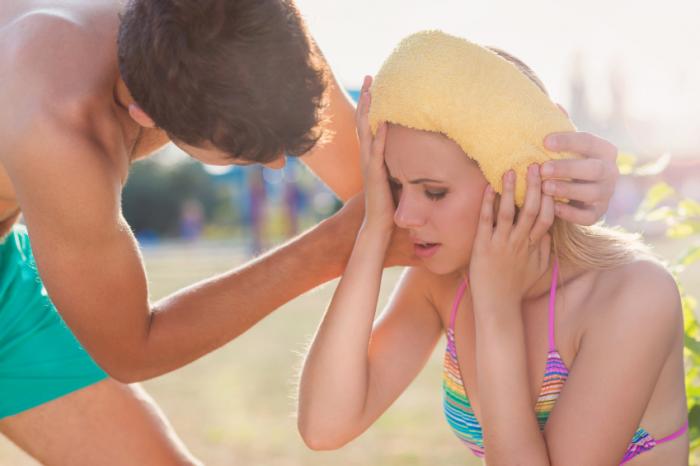

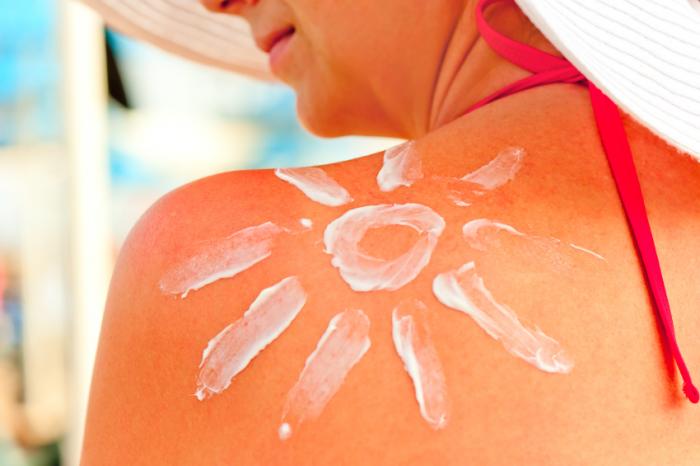

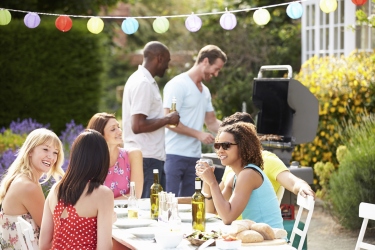
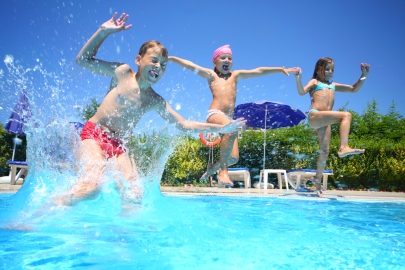 how you can prevent accidents.
how you can prevent accidents.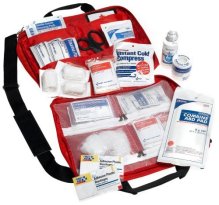 watching over him/her carefully to be sure no dangerous food is gobbled up.
watching over him/her carefully to be sure no dangerous food is gobbled up. The best way to enjoy a party is safely. Being prepared for emergencies and using preventative tactics is the easiest way to ensure a safe but great time for you and your guests.
The best way to enjoy a party is safely. Being prepared for emergencies and using preventative tactics is the easiest way to ensure a safe but great time for you and your guests.
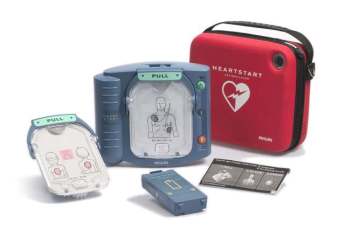 Having an AED on site is the first step toward first response rather than anticipating timely help to save a life. But without proper training, an AED is rendered useless.
Having an AED on site is the first step toward first response rather than anticipating timely help to save a life. But without proper training, an AED is rendered useless.